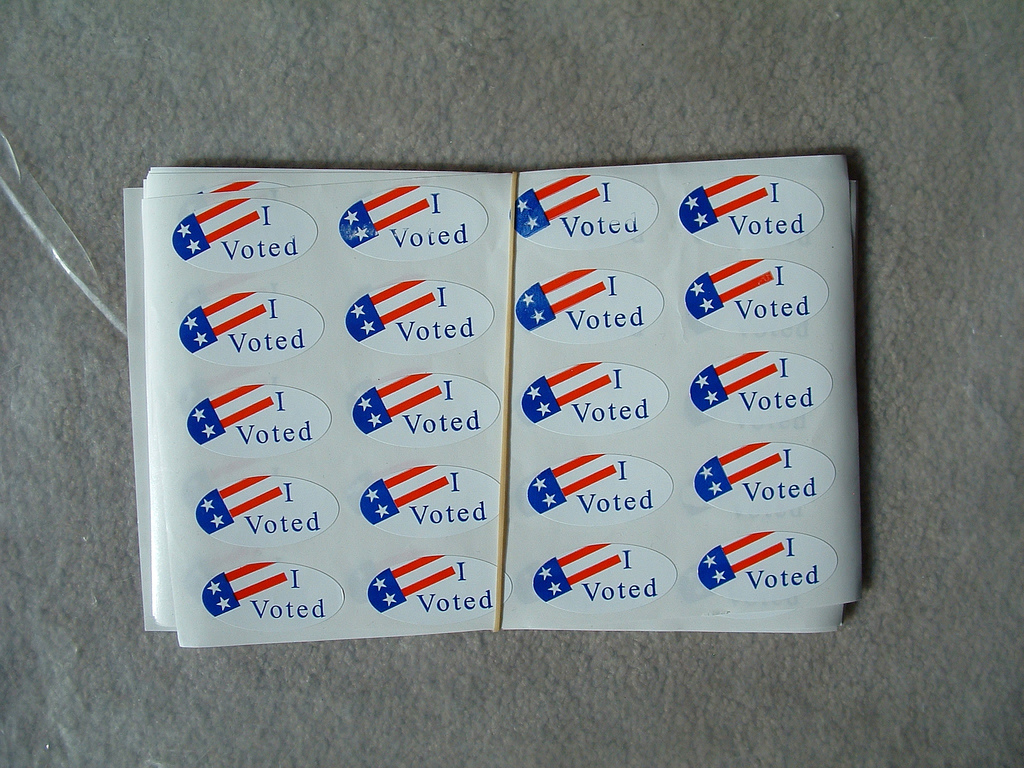North Carolina’s new U.S. senator-in-waiting, state House Speaker Thom Tillis, had what appears to have been the closest scrape among winning Republican Senate candidates in last month’s election.
Tillis defeated first-term Democratic Sen. Kay Hagan by 45,608 votes out of a total of 2,800,910 votes that were cast, according to the State Board of Elections, with Libertarian Sean Haugh picking up some loose change. The victory, which helped Republicans augment their new Senate majority, was by a margin of 48.8 percent to 47.3 percent.
That she came close — and nearly bucked a national tide in the Republicans’ favor — was cold comfort for Hagan, who had seemed in some polls a month or so before the voting to have been in position to manage a narrow win.
Tillis had to reckon with the GOP-controlled General Assembly’s unpopularity, due in large measure to the conservative policies he backed.
But even as Hagan hammered him for school spending cuts and tax giveaways to the wealthy, the federal courts put last-minute wind in Tillis’ sails with a ruling that cleared the way for same-sex marriages to proceed in North Carolina, galvanizing the socially conservative voters who make up a reliable part of the Republican base. Fears of an Ebola outbreak and a sense that President Obama’s administration was struggling to deal with Mideast violence also played into the challenger’s hands.
Hagan now says that Obama could have done more to help embattled Democratic candidates by touting good economic news such as low gas prices, gains in the stock market and progress in getting Americans back to work in the wake of a severe recession.
“You look at the economy right now,” Hagan said in a recent interview with McClatchy Newspapers. “The president hasn’t used the bully pulpit to get that message out in a way that resonates with people. And I think that’s an issue that the Democrats should not cede.”
Still, that criticism comes from a senator who clearly thought she had to keep her distance from Obama in a state where the president’s standing has eroded under attacks from the right.
Raging moderate
Her boast that she was the most moderate senator was meant to deflect Tillis’ accusations that she was a diehard Obama loyalist – charges almost ludicrous on their face, but calculated to energize Republican voters with whom the president is about as popular as the stomach flu.
Meanwhile, Hagan couldn’t sufficiently energize her own base among the Democrats and independents who had sent her to Washington six years ago while also giving Obama an improbable Southern-state victory in his first presidential campaign. She may have been boxed in by today’s anti-Obama sentiment, North Carolina’s “purple” character, and her own middle-of-the-road leanings, but this was a candidate who plainly had a hard time getting voters excited about what she had to offer.
The irony is that were it not for changes in election laws that were a signature accomplishment of the Republican majority in Raleigh – changes that Tillis helped engineer – Hagan would have been in better shape to thread her way to a second term.
The list of those changes by now has become sadly familiar to those, including the Council of Churches and its allies, who favor broad access to the polls for all qualified residents – access granted, of course, under standards ensuring that votes are fairly cast and accurately counted.
That sort of broad access, however, has been seen by many conservatives as favoring candidates more inclined to support progressive policies in areas such taxation, government spending, business regulation, environmental protection and health care. So, the legislature last year moved to tighten voting opportunities, with last month’s general election being the first held under the new rules.
The watchdog group Democracy North Carolina, which organized a network of poll monitors to see how this fall’s voting went, came up with a disturbing picture. Despite the best efforts of election officials in many counties, the group reported, many voters confronted long lines, long waits and confusion once inside the polls.
Just couldn’t wait
Inevitably, some people who wanted to vote chose to skip the hassle – or, because of tight personal schedules, maybe because they were working two jobs or had to worry about child care, had no choice but to give up. That’s a working-class demographic in which voters who favor Democratic candidates are well-represented – not that legislators who pushed the new election rules would be inclined to sympathize.
Democracy NC compared turnout figures from the last midterm election, in 2010, with this year’s. Despite a cut in the early voting period from 17 days to 10, turnout during early voting actually increased, by 22 percent. Perhaps that reflected the stakes in the Hagan-Tillis race, which drew more campaign spending than any other Senate contest in the country, along with Democratic efforts to get their supporters to vote early. But on Election Day, the number of votes cast was up by just 1.5 percent. Overall turnout during both early voting and on Election Day, Nov. 4, was 44.4 percent of the state’s registered voters, only slightly better than the 2010 figure of 43.7 percent.
The Election Day pattern might indicate that Hagan by then had pretty much drained her pool of support. Or it also could be a sign that Election Day voting in 2014 had become more difficult. Consider, for example, that with straight-ticket votes no longer allowed, voters had to mark each choice on a complicated ballot, even if they favored every Republican or every Democrat. That was time-consuming and helped make the lines longer.
Voters also were asked if they had one of the kinds of photo identification they’ll have to show beginning in 2016 (unless the federal courts find the election law changes unconstitutional). It was another step in the voting process that in some cases bred confusion. Imagine how much worse it could be in two years, when poll officials will have to inspect and verify those IDs. If the voter ID rule is not to become simply a device to hold down the number of ballots cast, polling places must be staffed with enough well-trained personnel to meet the added workload from identity checks.
Comparing 2010 turnout patterns to this year’s – including the number of people who used same-day registration and out-of-precinct provisional voting, now not allowed – Democracy NC estimated that at least 30,000 and likely as many as 50,000 people who would have voted under the old rules were in one way or another deterred or prevented from voting in the statewide election that culminated on Nov. 4, 2014.
That group of people would have included Democrats, Republicans, Libertarians and independents. But it’s an estimate that has to leave Kay Hagan, who lost by 45,608 votes, wondering what might have been.


